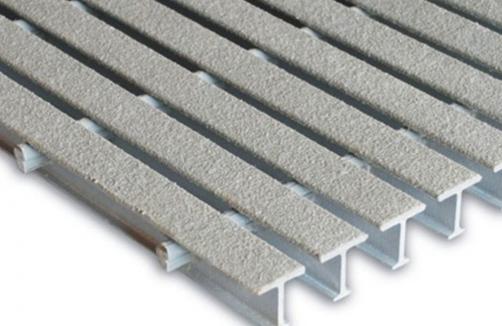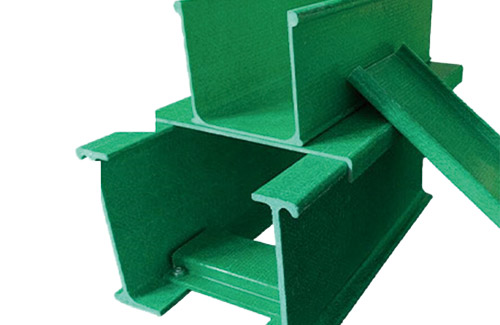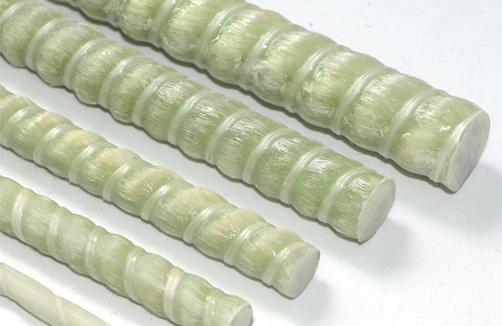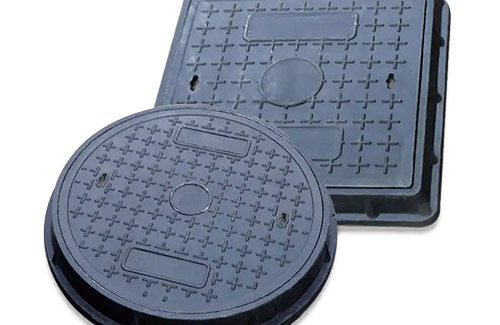When installing and laying cables, we should use a sturdy single ladder to assist in the operation. Additionally, personnel entering the construction site must wear a helmet for their safety. The bending radius of the cables must meet the specified requirements to prevent excessive bending and damage.
When laying cables on glass fiber reinforced plastic (GFRP) cable reels, it is important to avoid chaotic and jumbled cable configurations. The cables should be neatly arranged and firmly secured.
When operating electrical equipment or using power tools, reliable grounding measures must be implemented to ensure safety. When constructing glass fiber reinforced plastic (GFRP) gratings, it is essential to plan the routing of the cables, installation of bridge ducts, and the maximum cross-sectional area of the cables. The placement of cables should be well-considered. Before laying the cables, a detailed construction plan should be developed and implemented.
The ladder used must be sturdy and reliable, ensuring that it has stable footing and is equipped with 40 to 60 cm of tension rope to prevent it from tipping over. GFRP gratings are made from glass fiber or organic fiber reinforced plastics. Depending on the type of resin used, they can be classified as polyester GFRP, glass fiber reinforced epoxy resin, or phenolic FRP.
Carbon fiber reinforced plastic (CFRP) is a type of organic fiber reinforced plastic that uses carbon fiber or its products as the reinforcing material. Both CFRP and organic fiber reinforced plastic belong to the category of non-metal composite materials.
Resin generally refers to any polymer that serves as the basic material for plastics. Thermosetting resins such as unsaturated polyester, epoxy, and phenolic resins undergo thermal curing to form insoluble and infusible solids, hence the term "thermosetting resin." On the other hand, polymers such as polyethylene, polypropylene, polyvinyl chloride, and polystyrene can be remolded upon heating, hence the term "thermoplastic resin" or commonly referred to as "plastic." In terms of reinforcing materials, when fibers or fabric fillers are added to the resin, it significantly improves the mechanical properties of the resulting composite material. Commonly used reinforcing materials include glass fibers or their fabrics, carbon fibers or their fabrics, organic fibers or their fabrics, and metal fibers or their fabrics.








